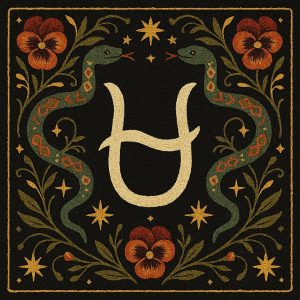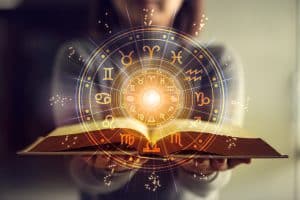Love stories have captivated us for centuries as we seek authenticity amid the shifting modern romance scene. It is as old as time itself and yet ever new, beyond medieval knights and fair damsels. While historical romance laid the foundation, the way love stories unfold in our post-modern world has undergone some changes. What remains the same, and what new challenges do we face in our modern world?
Let’s explore how romance has developed and how our search for authenticity remains the same.
Historical vs. Modern Romance
To truly grasp where we are, we have to look at where we’ve been. The journey of romantic literature is a fascinating reflection of the societal shifts.
- Medieval and Renaissance Eras: These early stories were built on chivalry, courtly love, and heroic quests. Think of Camelot or Shakespeare’s tragedy “Romeo and Juliet”. The focus was often on grand, poetic declarations and dramatic, external conflicts.
- The 18th and 19th Centuries: Novels such as “Pride and Prejudice,” “Emma,” or the works of the Brontë sisters began to explore the emotional lives of their characters, particularly their heroines. Passionate love and intense internal conflict took center stage. Marriage still implied concern for the welfare of one’s family, but it was more personal and individualized.
- Something More: Someone we considered a friend, like Anne Shirley of “Anne of Green Gables,” may be the very person we need. The “boy-next-door,” such as Gilbert Blythe, or the blunt Professor Friedrich “Fritz” Bhaer in “Little Women,” teaches us to look beyond what we imagined to who is real and caring in front of us.
- The 20th Century: As we moved into the modern era, romance blossomed into the genre we recognize today. Subgenres like romantic suspense and contemporary romance emerged, setting the stage for stories that reflected fast-paced modern life.
So, are historical love stories a thing of the past? Not at all. Historical romance remains a beloved genre. The thrill of connection, the pain of conflict, and the hope for a happy ending are still the bedrock of romance at any time.

Authenticity Today
Contemporary romance reflects the messy reality of finding love now. It’s a landscape shaped by technology, a concern for the future, and a deep desire for genuine connection. The search for authenticity has become the central theme. Here are two of the key trends shaping modern romance stories:
- The Impact of Technology: Dating apps, social media, and virtual connections are now integral parts of how we find love. Many modern romance novels explore the unique challenges and opportunities of the digital age, from the anxiety of a first date to the complexities of maintaining a long-distance relationship.
- Mental Health: Modern stories are not afraid of the internal struggles that affect relationships. Yet, do we not find these things in every age? Older literature points to the element of religion and building character as a way to transcend the struggles of the human soul.
- Personal Growth: A love story is rarely just about two people falling for each other. It’s also about their individual journeys. We see characters who are flawed, who make mistakes, and who grow through their relationships.
Perhaps, instead of using the term modern, we should say timeless. As the British writer C.S. Lewis wrote, “To love at all is to be vulnerable. Love anything and your heart will be wrung and possibly broken. If you want to make sure of keeping it intact, you must give it to no one, not even an animal. Wrap it carefully round with hobbies and little luxuries; avoid all entanglements. Lock it up safe in the casket or coffin of your selfishness. But in that casket, safe, dark, motionless, airless, it will change. It will not be broken; it will become unbreakable, impenetrable, irredeemable. To love is to be vulnerable.”
Authenticity vs. Consumerism
Modern romance has birthed some truly spectacular relationship disasters. “Ghosting” became so common that we needed a name for it. Dating apps promised us the world—or at least a decent chance at not spending our twenties and thirties alone. Instead, they delivered something that resembles a bizarre game show where people – men and women – have the potential to hide while “casually browsing” through profile pictures.
We need to step away from our computer screen from time to time. Invite trusted friends and family members with enough wisdom to help you navigate the dating scene. If someone messages you, celebrate it, but ask direct questions. If it is safe, move on to a video chat where you can chat – keep it light-hearted. Authenticity can not be forced. If the person is genuine, move forward with faith and caution.
Not every handsome face was trustworthy in Jane Austen’s novels. True love may await behind a “plain” exterior. Still waters often do run deep.
Your Own Story
The development of romance is far from over. By paying attention and understanding the past, we can better understand not only the stories we read but also our own experiences. Love is not a feeling – it is action. Relationships founded on truth can endure the hardships of life.
Whether you’re a devoted reader or an aspiring author, exploring the history of romantic literature can be an inspiring journey. It’s a reminder that while the settings and circumstances may change, the fundamental need for authenticity remains.







